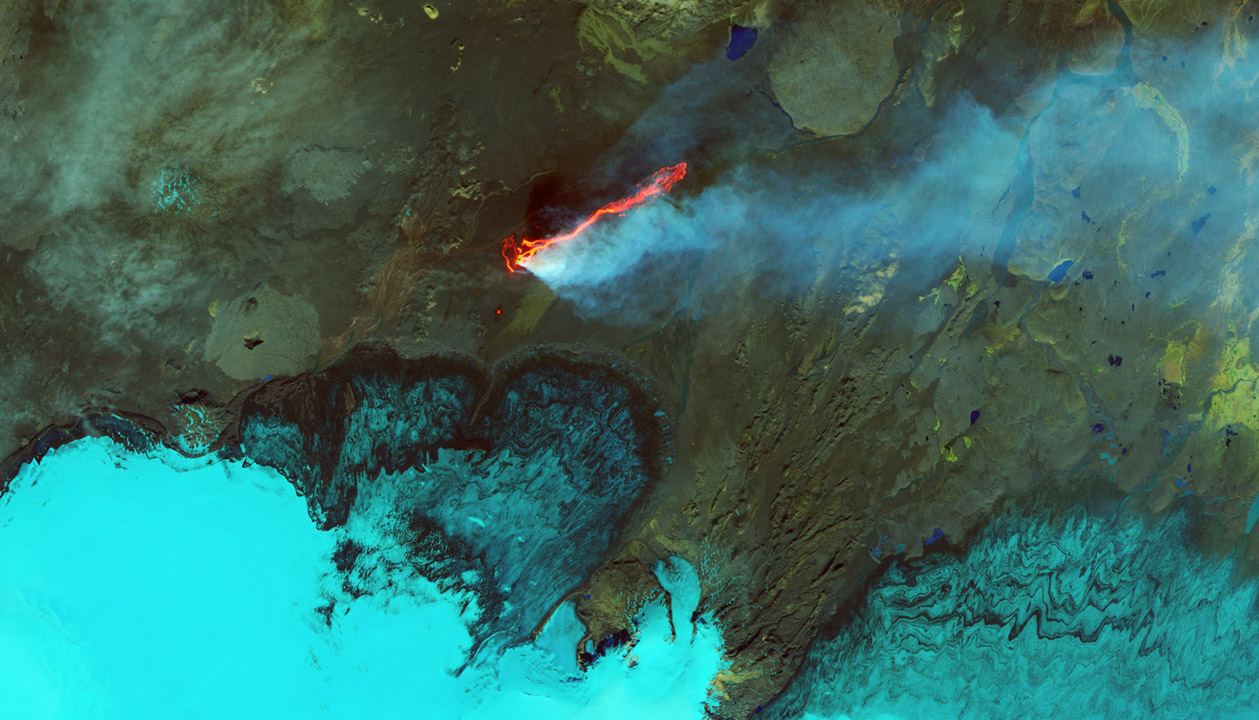Until now, everyone thought that volcanoes erupt when a narrow stream of magma is pressurized while it rushes towards the surface from deep in the Earth’s mantle. However, scientists have now discovered that this fundamental theory is totally false. “Mantle plumes have never had a sound physical or logical basis,” says Don Anderson of Caltech. “They are akin to Rudyard Kipling’s ‘Just So Stories’ about how giraffes got their long necks.”
So, what’s really happening?
“What’s new is incredibly simple: upwellings in the mantle are thousands of kilometers across,” Anderson says. The formation of volcanoes then follows from plate tectonics — the theory of how Earth’s plates move and behave. Magma, which is less dense than the surrounding mantle, rises until it reaches the bottom of the plates or fissures that run through them. Stresses in the plates, cracks, and other tectonic forces can squeeze the magma out, like how water is squeezed out of a sponge. That magma then erupts out of the surface as volcanoes. The magma comes from within the upper 200 kilometers of the mantle and not thousands of kilometers deep, as the mantle-plume theory suggests.
“This is a simple demonstration that volcanoes are the result of normal broad-scale convection and plate tectonics,” Anderson says. He calls this theory “top-down tectonics,” based on Kelvin’s initial principles of mantle convection. In this picture, the engine behind Earth’s interior processes is not heat from the core but cooling at the planet’s surface. This cooling and plate tectonics drives mantle convection, the cooling of the core, and Earth’s magnetic field. Volcanoes and cracks in the plate are simply side effects.
Basically, the magma from volcanoes is coming from way closer to the surface, and is caused by surface cooling, not by the surfacing being heated up. Regardless, when volcanoes blow up, you should probably still not be nearby. (Photo: Earth Observatory)



